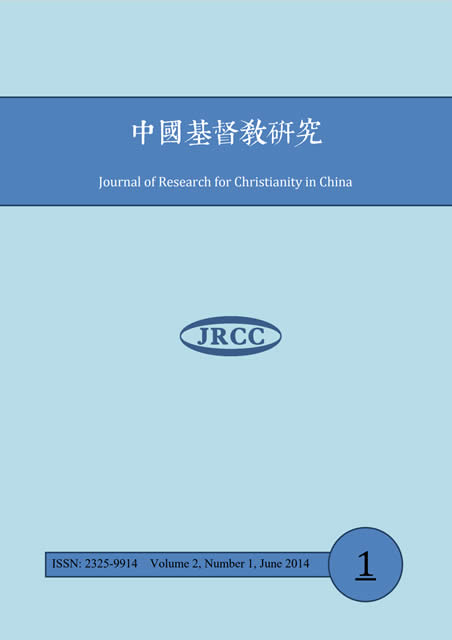Abstract
This article reports the dramatic and persecuted life of Nestorius, who once held one of the highest posts in all Christendom, that of the patriarch of Constantinople, during the most turbulent period in the Roman Empire. The rise of Nestorius reflects his brilliance in theology, and his powerful speaking skills. His downfall, however, was caused by his lack of political skills, and his disrespect to the opinions of others. Facing his iron-and-blood and corrupt opponent, Cyril the patriarch of Alexandria, who bought the favor of the emperor’s inner circles, his fate was sealed from the beginning.To appreciate Nestorius’ life stories, and look forward to the study the new perspective of the early Chinese Church, known as Jing-jiao, we take into consideration the following factors: 1. Nestorianism has been considered as one of the most misunderstood heresies in the history of Christianity. On the other hand, the Church of the East, which Nestorius founded, has been recognized as a first-class missionary Church. Because of the historical doctrinal controversies, even though Nestorius is one of the most important personalities in the history of Christianity in China, the Chinese Church at large is looking the other way. 2. After Nestorius perished into exile, very little is known about the last days of his life, until almost 1500 years later, his book length manuscript, the Book of Heraclides, which he wrote during his last days of his exile and preserved by his disciples, was discovered. Maybe Martin Luther had a point, when he confessed that he did not understand what the error of Nestorius was. 3. Not until 1994, Pope John Paul II of the Roman Catholic Church and Mar Dinkha IV, Catholicos-Patriarch of the Assyrian Church of the East, signed a Common Christological Declaration, profess their common faith. At the time, what is left of the once powerful Church of the East, amounts to 500 thousand members world-wide. The large population of the great Church that first brought Christianity to China in the Tang dynasty, was nearly completely massacred by the Ottoman Empire.

This work is licensed under a Creative Commons Attribution-NonCommercial-NoDerivatives 4.0 International License.
Copyright (c) 2014 Journal of Research for Christianity in China (JRCC)
